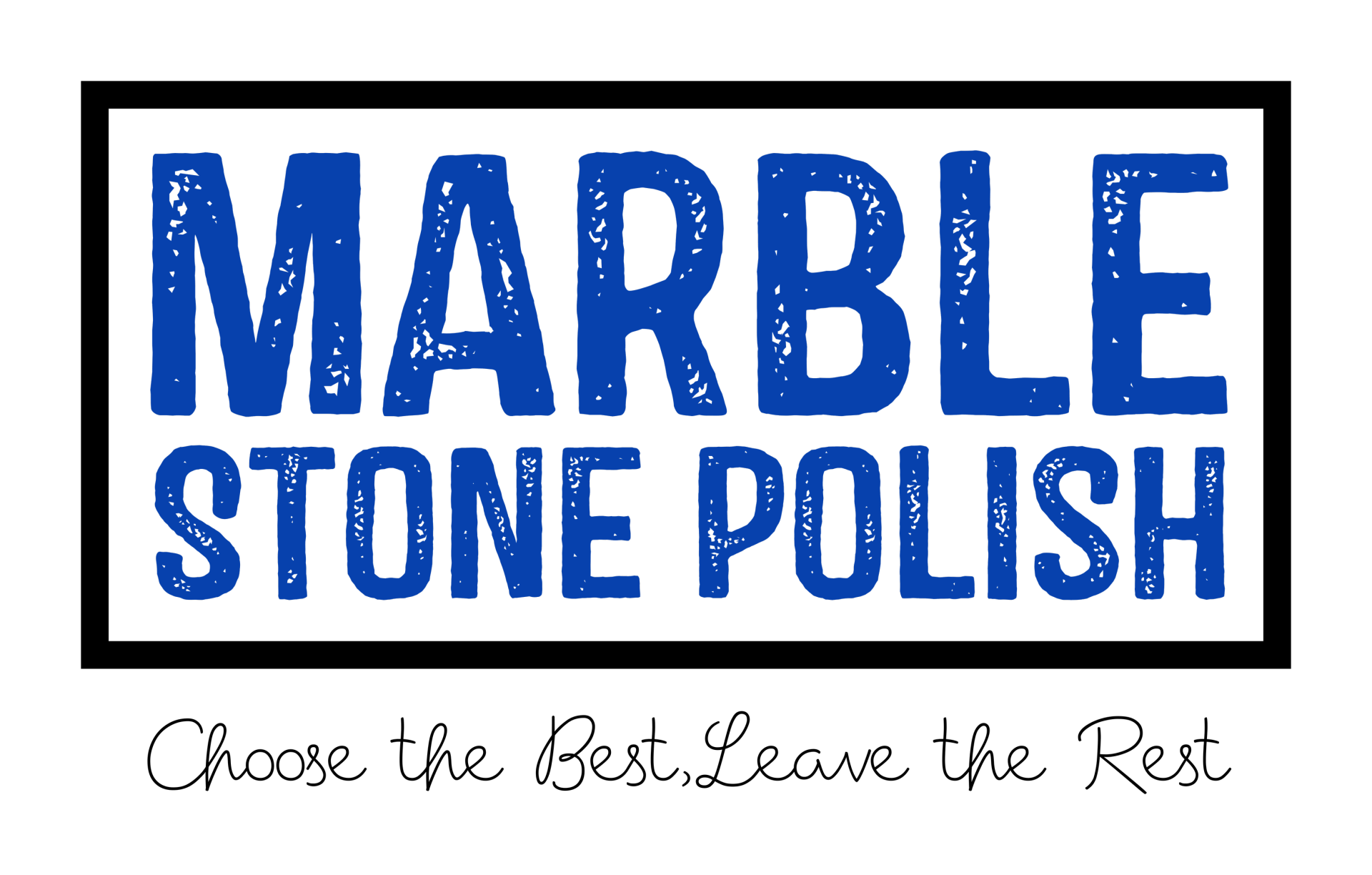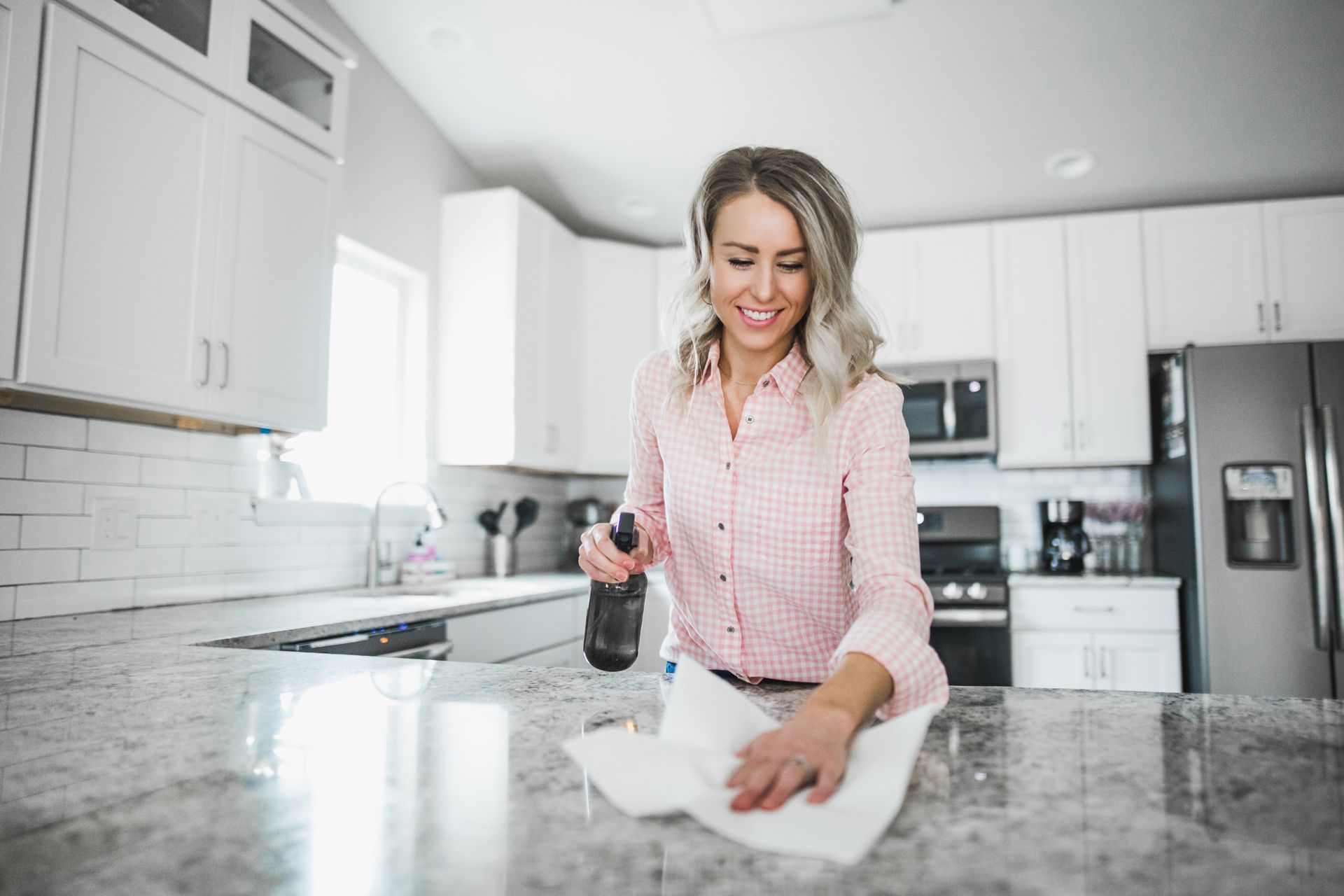Understanding limestone and the proper care

Limestone is a warm material by its natural origins so it can bring a warm look to the room, even when there's no fire lit. Some people use the simple limestones to create a streamlined look around their fireplace. Others have it carved into an ornate centerpiece.
It is a beautiful, durable, and cost-effective way to add a unique touch to any room in your home.
What exactly is limestone?
Limestone is usually very porous and quite soft. When limestone has been eroded it can form very dramatic landscapes, such as in the limestone pavements of the Burren in Ireland or the mountains of Northern Thailand), where erosion has created fascinating limestone "caves" that are popular tourist attractions. Limestone caves are also the formation sites of stalactites, stalagmites and columns.
Limestone is composed primarily of calcium carbonate (CaCO 3), but it may contain a small percentage of impurities such as clay or sand (most limestone used in construction is about 95% CaCO3). Limestone doesn't really form "crystals" like many other rocks (such as quartz), but instead forms rock fragments called "fossils". Fossils are the limestone equivalent of crystals.

Caring for limestone
Limestone can be quite delicate as a rock, as limestone has a low compressive strength it can easily break if stepped on or if impacted by a heavy object. Limestone may also have a tendency to etch if it comes in prolonged contact with acidic substances such as, wine spills or dishwashing liquids containing lemon juice.
Limestone should be sealed on a regular basis depending on the use and exposure of limestone in your home, limestone is porous which means that limestone can potentially stain if left unsealed. Sealing limestone will help to make limestone less susceptible to staining and etching (if limestone is exposed to acidic substances).
Limestone should be polished on a regular basis - limestone will need polishing more often if it is used in high traffic areas such as an entrance way or hallway, limestone should also be polished on a regular basis if limestone is left unsealed. A limestone sealer will help to protect limestone from etching and staining (if limestone is exposed to acidic substances).
Contact a professional
Limestone should be sealed on a regular basis depending on the use and exposure of limestone in your home, limestone is porous which means that limestone can potentially stain if left unsealed. Sealing limestone will help to make limestone less susceptible to staining and etching (if limestone is exposed to acidic substances).
If you have questions about the best way to polish and clean your limestone, contact us today. We are happy to visit your home and polish your natural stone.


